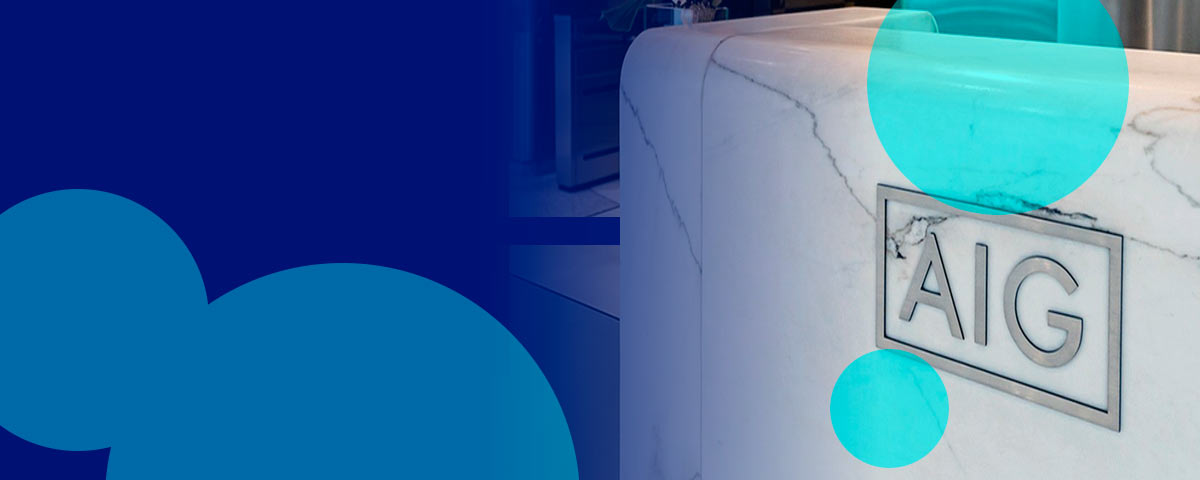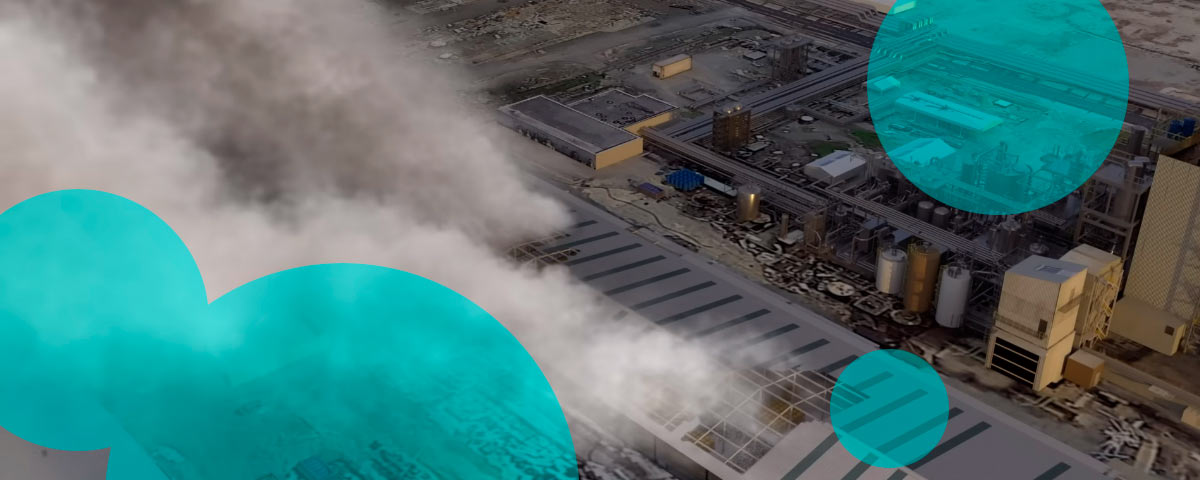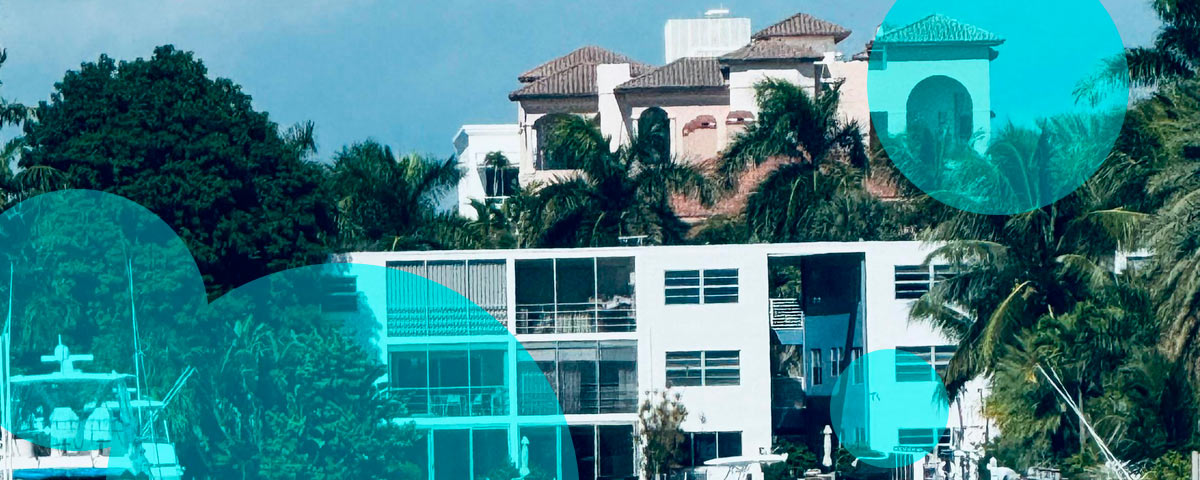AIG reported financial results for the Q3 ended September 30, 2025. Peter Zaffino called the quarter exceptional and he sounded like someone who knew he had the receipts.
AIG locked in investments in Convex Group and Onex, both serious operators in their lanes. AIG also cut a deal to pick up renewal rights for Everest Group’s global retail commercial portfolios.
According to our analysts, these deals didn’t drop from the sky. They landed because AIG keeps proving it can execute, scale, and play the long game.
Zaffino said the transactions should lift earnings, EPS, and ROE. Maybe that sounds like corporate chest beating, but the quarter’s numbers back him up.
Adjusted after tax income hit $1.2bn, equal to $2.20 per diluted share, up 77%. That jump mirrors stronger underwriting, a sharper investment mix, trimmed expenses and capital deployment that doesn’t drift. General Insurance underwriting income climbed to $793mn, up 81%.
The combined ratio slipped to 86.8%, a 5.8 point improvement. Accident year combined ratio, as adjusted, sat at 88.3%. Core operating ROE hit 13.6% in the quarter and averaged 10.9% over nine months. Not exactly small-ball.
AIG returned $1.5bn to shareholders through stock repurchases and dividends. That brought year to date returns to $6bn. Zaffino said the balance sheet gives AIG the freedom to chase opportunities without breaking its stride. Honestly, it looks like he’s right.
The firm cut its Corebridge stake to 15.5% after pulling in roughly $1bn from share sales. The board then declared another quarterly dividend of $0.45 per share, payable at the end of December.
Net income for Q3 came in at $519mn, or $0.93 per diluted share, up from $459mn and $0.71. Strong underwriting and better General Insurance investment income pushed results higher.
AIG did take hits from real estate impairments and unrealized losses tied to its Corebridge position, but the operational momentum drowned out those dents.
AATI rose to $1.226bn from $804mn. Net investment income fell to $772mn from $973mn because the Corebridge mark swung downward.
Strip that out and APTI basis investment income jumped to $1.024bn, a 15% lift. General Insurance pulled in 22% more investment income, helped by fixed maturity securities and alternative assets, though other categories softened.
Total debt to capital rested at 18% and total debt to adjusted capital at 17.7%. Book value per share reached $75.45, up 2% from June. Adjusted tangible book value edged up to $70.07. The share count dropped to 544.5mn from 630.3mn, the kind of downsizing investors don’t complain about.
General Insurance wrote $8.686bn in gross premiums for Q3, a slight uptick from $8.635bn. Net premiums written slid to $6.23bn from $6.38bn.
On a comparable basis the drop was 1 percent. Underwriting income soared to $793mn from $437mn. Catastrophe charges came in at $100mn, equal to 1.6 points on the loss ratio, a huge improvement from last year’s $417mn and 6.9 points.
Favorable prior year development reached $180mn compared to $165mn. Gains stretched across North America Commercial, Global Specialty, and short tail property in International Commercial.
UK and European casualty and financial lines dragged the other way. The combined ratio tightened to 86.8% from 92.6%. The accident year combined ratio, as adjusted, remained 88.3%. Adjusted pre tax income in General Insurance shot up to $1.738bn from $1.21bn.
North America Commercial wrote $2.435bn in net premiums, flat with last year. Strip out a prior closeout deal and you get 3% growth from Programs, Lexington, Retail Casualty, and Western World, offset by property softness.
Underwriting income jumped to $384mn from $96mn. The combined ratio dropped to 82.6% from 95.5%.
Lower cats and stronger prior year development carried the shift. Accident year combined ratio, as adjusted, nudged to 85.4% from 85.1% because of corporate expense reapportionment and business mix changes.
International Commercial wrote $2.115bn in net premiums, up 3%, or 1 percent on a comparable basis. Underwriting income reached $330mn, a slight rise from $320mn. The combined ratio landed at 84.9% compared to 84.3%.
Less favorable prior year development and higher operating expenses weighed on the line but lighter cat loads offset some of the drag. Accident year combined ratio, as adjusted, climbed to 86% from 83.4% for reasons similar to North America: reallocations tied to the lean parent program.
Across the entire franchise, underwriting quality held firm. Investment income across General Insurance kept rising. Cat volatility stayed low. Expenses didn’t flare.
According to our analysts, this mix looked like a company hitting the balance between discipline and opportunism.
AIG bought back 16mn shares in the quarter and paid out $250mn in dividends. The capital plan didn’t wobble. ROE reached 5% and core operating ROE landed at 13.6%. Even alternative investments, which sometimes whipsaw, helped more than they hurt.
Maybe the standout story is how AIG keeps threading tactical deals into financial execution. The Convex and Onex stakes, the Everest renewal rights, the methodical shift in the investment portfolio, the steady buybacks, the cleaner underwriting profile. Nothing looks random.
Zaffino telegraphed confidence and the numbers didn’t contradict him. AIG seems to think the next few quarters will stretch the runway even farther. Hard to argue with that after this print.









